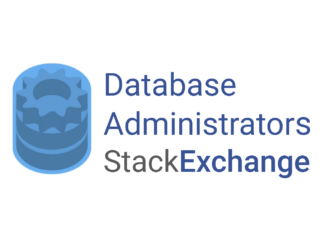
Allow create table (dynamic name) and insert but nothing else
Question I’m trying to find a way to allow an application to create tables and insert data into them on a SQL Server 2019 while protecting from injection attacks in case the app credentials would leak. My experience is limited when it comes to writing … [Read More]
